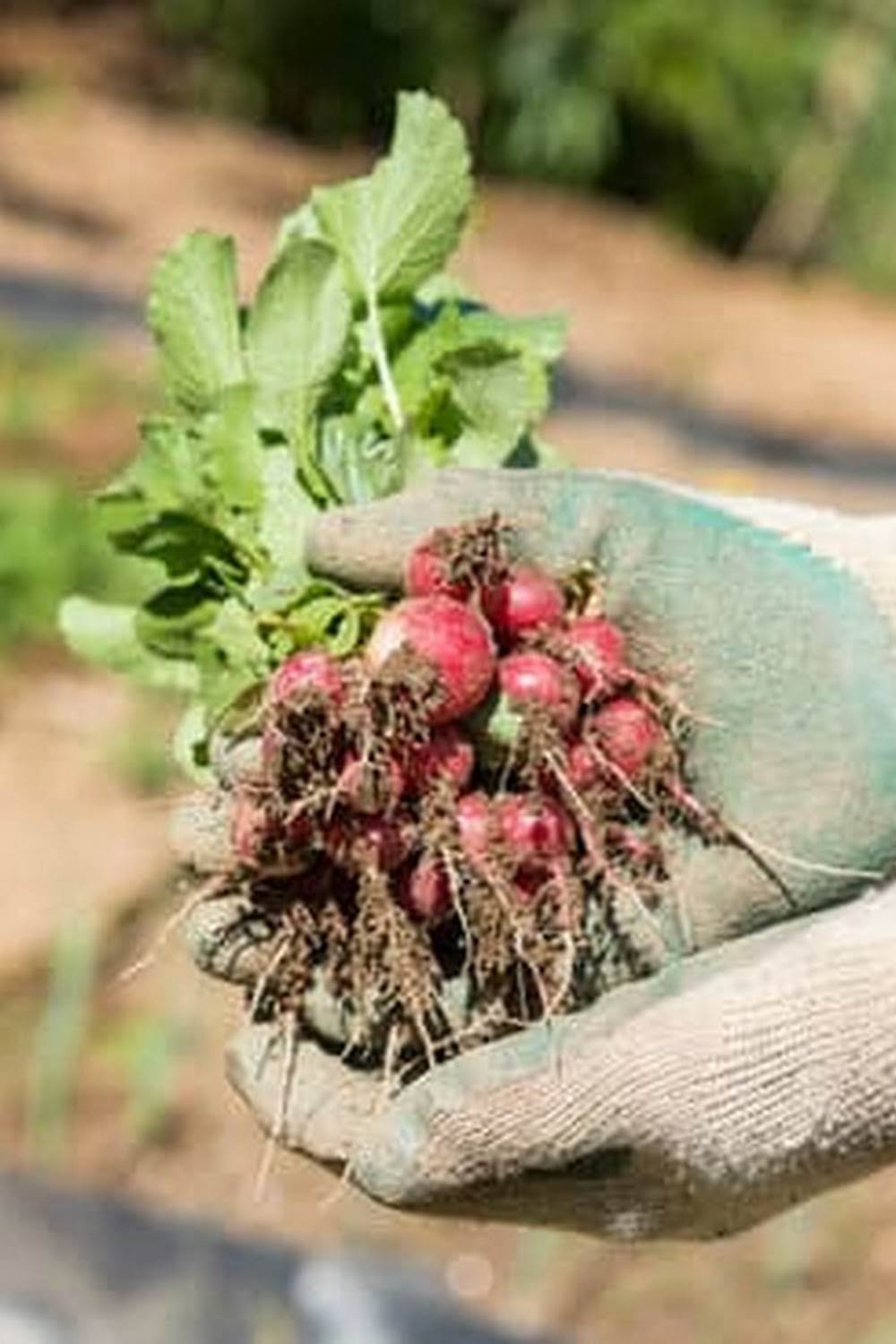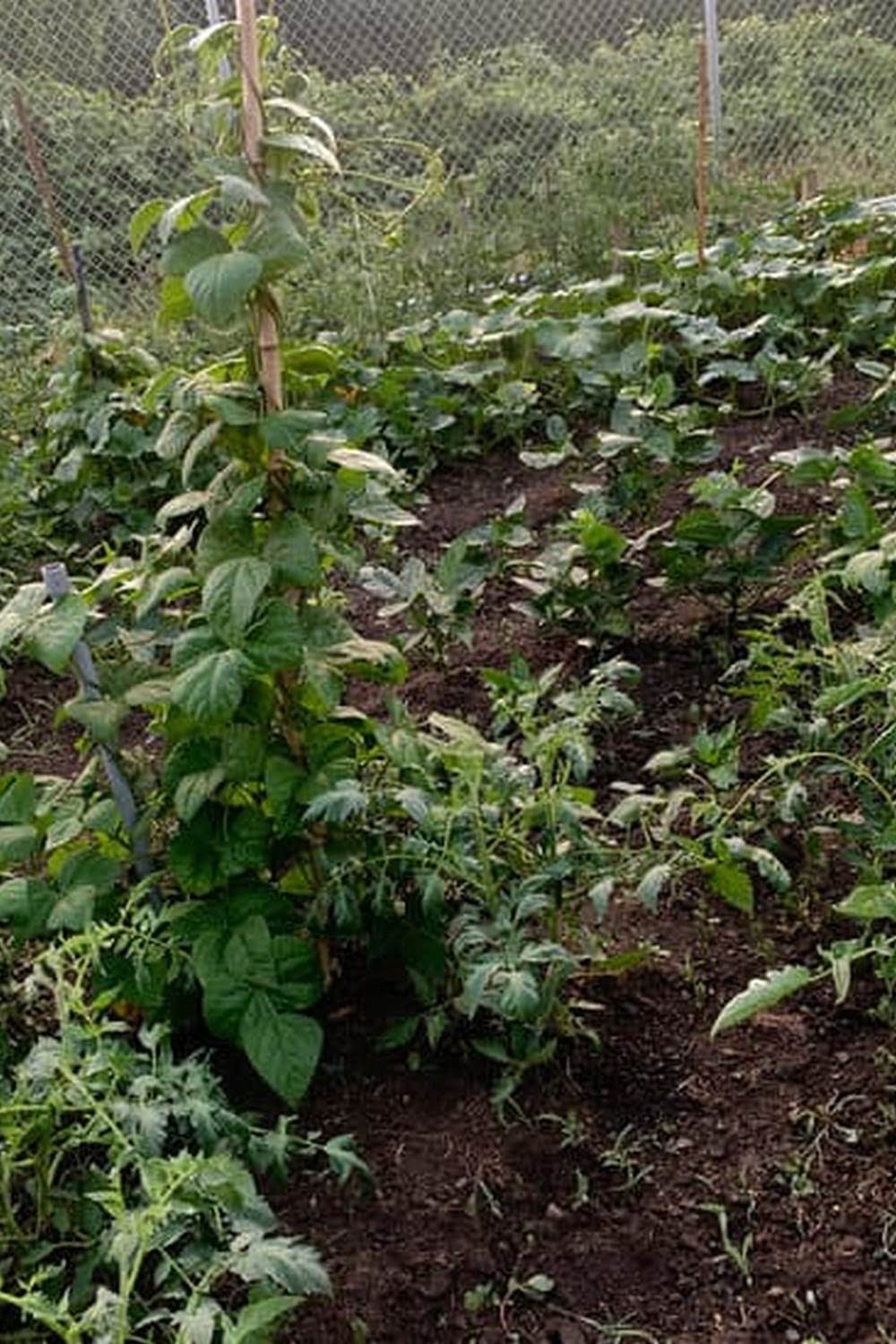Raised Garden Bed Vegetable
Gardening
If you’re like me, you’re always looking for ways to make your life a little bit easier. And if you’re like me, you also love fresh fruits and vegetables. So what could be better than combining the two? Vegetable gardening in a raised garden bed!
A raised garden bed is a great way to get started with vegetable gardening, even if you don’t have a lot of space. They’re also a great way to garden if you have poor soil, since the raised bed helps to keep the soil nutrient-rich and moisture-rich.
There are a lot of different ways to build a raised garden bed. You can buy a kit, or you can build your own from scratch. If you’re building your own, here are a few tips:
1. Make sure your bed is at least 12 inches high. This will help to ensure that the soil stays moist and that your plants have plenty of room to grow.
2. Choose a location that gets plenty of sun. A raised garden bed will work best if it gets at least six hours of sun each day.
3. Choose a location that is sheltered from the wind. A raised garden bed can be susceptible to wind damage, so try to choose a spot that is sheltered from the wind.
4. Use a good quality soil mix. You can buy a soil mix specifically for raised garden beds, or you can mix your own. Just be sure to use a soil mix that is high in organic matter and nutrients.
Once you’ve built your raised garden bed, it’s time to start planting! Here are a few vegetables that do well in a raised garden bed:
1. Lettuce. Lettuce is a great vegetable to grow in a raised garden bed, since it doesn’t need a lot of space and it’s easy to grow.
2. Carrots. Carrots do well in a raised garden bed, since they need well-drained soil.
3. Tomatoes. Tomatoes love the warm, sunny conditions that a raised garden bed provides.
4. Peppers. Peppers love the warm weather and the sunny conditions of a raised garden bed.
5. Herbs. Herbs are a great choice for a raised garden bed, since they don’t need a lot of space and they’re easy to grow.
So if you’re looking for an easy way to start vegetable gardening, or if you’re looking for a way to improve your gardening skills, a raised garden bed is a great option!
What Vegetables Can You Plant In A Raised Garden Bed
A raised garden bed is a great way to garden if you don’t have a lot of space. You can plant vegetables in a raised garden bed.
Some vegetables that you can plant in a raised garden bed are tomatoes, peppers, cucumbers, zucchini, and squash. You can also plant lettuce, spinach, and other greens.
You will need to choose a spot in your yard for your raised garden bed. The spot should get at least six hours of sunlight each day.
You will also need to decide on the size of your raised garden bed. It can be any size that you want.
The most important thing to remember when planting vegetables in a raised garden bed is to make sure the soil is fertile and healthy. You can buy soil or you can make your own soil mix.
To make your own soil mix, you will need to mix together dirt, compost, and sand. You can also add fertilizer to the mix to help the vegetables grow.
Once you have decided on the size and location of your raised garden bed, it is time to start planting!
How To Plant Raised Bed Vegetable Garden
Creating a raised bed vegetable garden is a great way to have a successful garden, even if you have a small yard or limited space. By creating a raised bed, you are essentially creating a small, self-contained garden plot in which you can control the soil quality, drainage and planting conditions.
To create a raised bed vegetable garden, you will need:
-Shovel
-Rake
-Tape measure
-String or rope
-Peat moss
-Compost
-Soil
-Vegetables seeds or transplants
1. Decide on the size and shape of your raised bed. Raised beds can be any shape, but a traditional rectangular or square shape is easiest to work with. The size of your raised bed will depend on the amount of space you have available. A good rule of thumb is to make the raised bed at least 4 feet wide and 8 feet long, to allow for ample planting space.
2. Use a shovel to dig a trench in your garden area the same size as your raised bed. The depth of the trench should be about 8-12 inches, depending on the type of soil you have.
3. Mix peat moss, compost and soil together in a ratio of 2:1:1. Use a shovel to fill the trench with this mixture, making sure to pack it down firmly as you go.
4. If you are using seeds, now is the time to plant them. Follow the instructions on the seed packet for proper planting depth and spacing.
5. If you are using transplants, wait until the soil has warmed up a bit before planting. Transplants should be planted at the same depth they were in their original pot, and should be spaced according to the instructions on the transplant packet.
6. Once your raised bed is planted, water it well and keep it well-mulched throughout the season. Raised beds require less watering than traditional in-ground gardens, but it is still important to provide a good soaking once or twice a week.
Your raised bed vegetable garden is now ready to enjoy!
Raised Vegetable Garden Beds Out Of Skids
There are many reasons to build a raised vegetable garden bed out of skids. Perhaps you have poor soil, or live in an area with a short growing season. Maybe you want to be able to grow vegetables closer to your house, to make harvesting easier. Or you could just be looking for an interesting, inexpensive project to do with old skids.
Whatever your reasons, building a raised vegetable garden bed out of skids is a great way to get started gardening. Not only does it make the garden easier to care for, but it also adds a touch of rustic charm to your yard.
The first step is to find a few old skids. You can usually find these lying around in backyards, or you can ask your local hardware store if they have any extras. Once you have your skids, the next step is to figure out how big you want your garden to be.
Keep in mind that the skids will raise the garden bed off the ground, so you’ll want to make sure your plants have enough room to grow. A good rule of thumb is to make the garden at least 12-inches high, and 24-inches wide.
Once you have your dimensions figured out, it’s time to start building. The easiest way to do this is to lay the skids out in the desired shape, and then use a drill to create pilot holes. You can then use screws to attach the skids together.
If you want to be really fancy, you can also add a bottom to the garden bed. This can be done by either using more skids, or by attaching a piece of plywood to the bottom.
Finally, it’s time to add the soil and plants. Be sure to add a good layer of compost to the soil to help improve its quality. And don’t forget to water your plants regularly, especially during the hot summer months.
With a little bit of effort, you can have a beautiful raised vegetable garden bed that will last for years. Not only will you enjoy the delicious fruits and vegetables that it produces, but you’ll also love the rustic charm that it adds to your yard.
Raised Garden Bed Height For Vegetables
When planting a garden, it is important to consider the height of the plants you will be growing. Different plants need different amounts of space to grow, and planting them too close together can result in stunted plants. One way to ensure that your plants have enough space to grow is to use raised garden beds. Raised garden beds are elevated planting areas that are typically made of wood, stone, or plastic. They can be as simple as a few boards placed on the ground, or they can be more elaborate, like a full-fledged garden bed.
One consideration when choosing the height of your raised garden bed is the type of vegetables you plan to grow. Some vegetables, like carrots and tomatoes, grow best when the soil is deep. If you plan to grow these vegetables, you will need to make your raised garden bed taller. Other vegetables, like lettuce and peas, can grow in soil that is shallower, so you can make your raised garden bed shorter if you plan to grow these plants.
Another consideration when choosing the height of your raised garden bed is the type of soil you will be using. If your soil is heavy and clay-like, you will need a taller raised garden bed so that the soil will not compact and become too hard for the plants to grow in. If your soil is light and sandy, you can use a shorter raised garden bed.
The height of your raised garden bed is also important for your own comfort. If you are planning to use your raised garden bed to grow vegetables, you will need to be able to reach the plants easily. If you are using your raised garden bed for flowers or herbs, you may not need to be as concerned about the height.
Whatever your reasons for using a raised garden bed, it is important to choose the height that is best for you and your plants.

If you’re looking to get into vegetable gardening, or are just looking for some tips on how to make your current garden better, then you’ve come to the right place! My name is Ethel and I have been gardening for years. In this blog, I’m going to share with you some of my best tips on how to create a successful vegetable garden.





